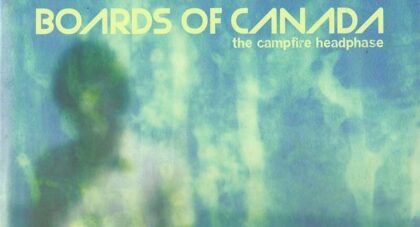A deeply pleasing sensation arises when terrific cover art not only fully delivers on the music, but also bears a distinct resemblance to it. Ryo Kawasaki’s 1976 jazz-funk album Juice is one such record. Bright and refreshing like a piece of citrus, peel the skin back and you’ll find an electric fantasyland of traversing wires and circuits. Over the course of its seven tracks, the visually sci-fi-tinged world of Juice feels at once perfectly of its time, yet remains delightfully vital in 2022 . . .
Only the good shit. Aquarium Drunkard is powered by its patrons. Keep the servers humming and help us continue doing it by pledging your support.
To continue reading, become a member or log in.


